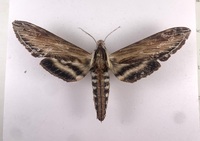
| Recorded by: R.Teper on 2025-05-29
Orange Co.
Comment: | 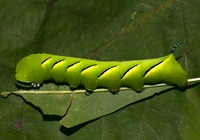
| Recorded by: David George, Jeff Niznik on 2024-09-05
Orange Co.
Comment: feeding on ash |
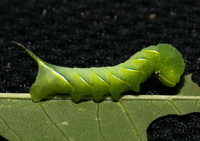
| Recorded by: David George, Jeff Niznik on 2024-07-06
Orange Co.
Comment: Feeding on ash | 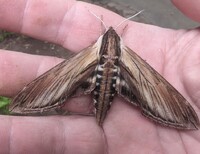
| Recorded by: Drew Willis on 2024-05-19
Cabarrus Co.
Comment: |
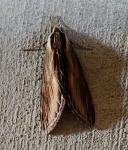
| Recorded by: S. Banta, K. Bischof on 2023-09-28
Transylvania Co.
Comment: | 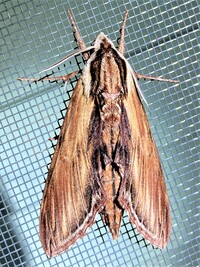
| Recorded by: Dean Furbish on 2023-08-12
Wake Co.
Comment: |
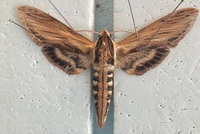
| Recorded by: Darryl Willis on 2023-07-30
Cabarrus Co.
Comment: | 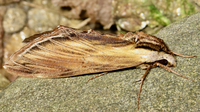
| Recorded by: tom ward on 2022-08-24
Buncombe Co.
Comment: |
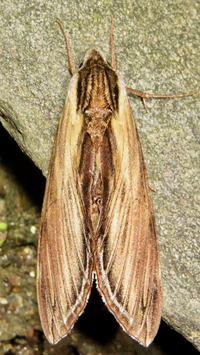
| Recorded by: tom ward on 2022-08-24
Buncombe Co.
Comment: | 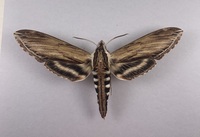
| Recorded by: Richard Teper on 2022-06-24
Avery Co.
Comment: |
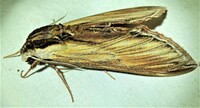
| Recorded by: Dean Furbish on 2022-04-25
Wake Co.
Comment: | 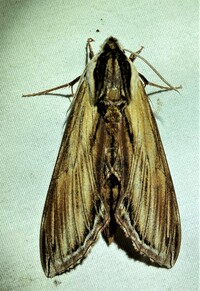
| Recorded by: Dean Furbish on 2022-04-25
Wake Co.
Comment: |
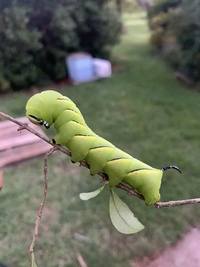
| Recorded by: Alicia Ballard on 2021-09-02
Alamance Co.
Comment: | 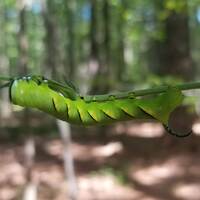
| Recorded by: Jeff Niznik on 2021-08-28
Orange Co.
Comment: |
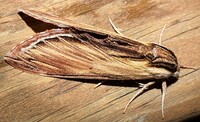
| Recorded by: Dean Furbish on 2021-07-14
Wake Co.
Comment: | 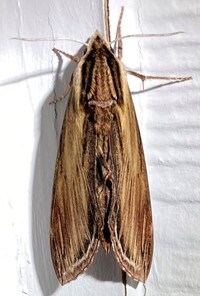
| Recorded by: Dean Furbish on 2021-07-14
Wake Co.
Comment: |
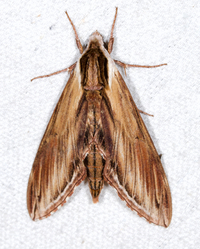
| Recorded by: Jim Petranka on 2021-06-16
Madison Co.
Comment: | 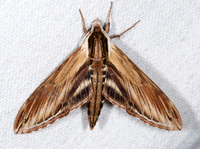
| Recorded by: Jim Petranka on 2021-06-16
Madison Co.
Comment: |
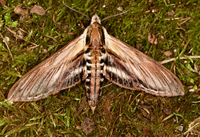
| Recorded by: Jim Petranka on 2021-06-13
Madison Co.
Comment: | 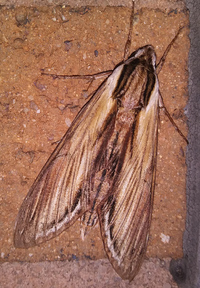
| Recorded by: Vin Stanton on 2019-06-08
Buncombe Co.
Comment: |

| Recorded by: K. Bischof on 2018-08-19
Burke Co.
Comment: | 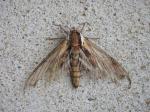
| Recorded by: j.wyche on 2017-06-15
Gates Co.
Comment: |
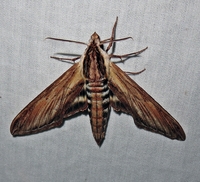
| Recorded by: Lori Owenby on 2016-06-29
Yancey Co.
Comment: | 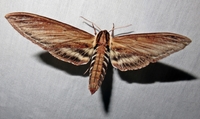
| Recorded by: Lori Owenby on 2016-06-29
Yancey Co.
Comment: |
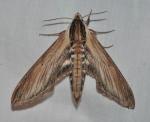
| Recorded by: K. Bischof on 2016-06-28
Yancey Co.
Comment: | 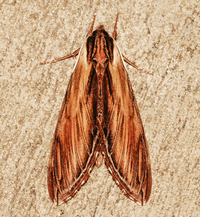
| Recorded by: Parker Backstrom on 2015-09-08
Chatham Co.
Comment: |
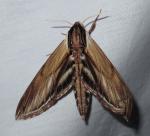
| Recorded by: B. Bockhahn, P. Scharf, K. Kittelberger on 2015-06-18
Avery Co.
Comment: | 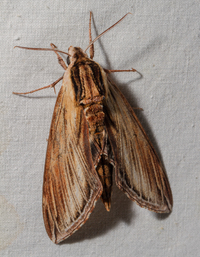
| Recorded by: Steve Hall and Ed Corey on 2015-05-16
Alleghany Co.
Comment: |
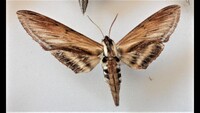
| Recorded by: Darryl Willis on 2014-05-23
Cabarrus Co.
Comment: | 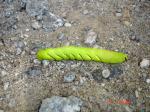
| Recorded by: A. Lasley, J. Costner on 2013-10-21
Burke Co.
Comment: |
|

 »
»

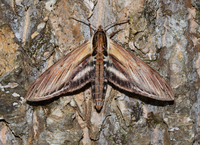


 »
»


